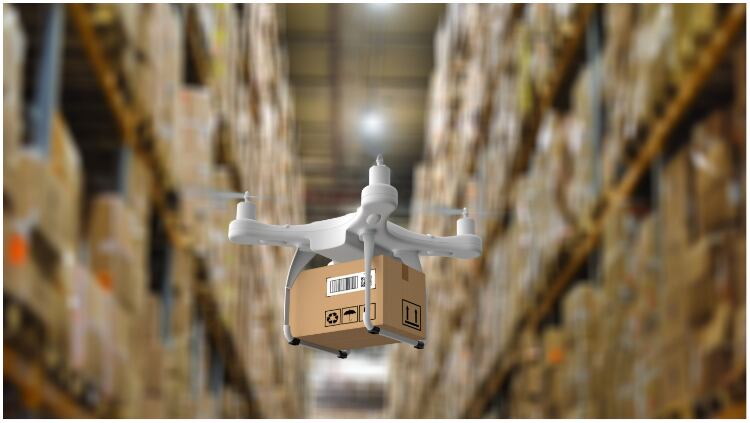Supply chains have changed significantly over the past three years, as a result of the pandemic, digital technologies and changing consumer expectations. This year is set to follow suit as we see an increased focus on sustainable, transparent and economically viable operations.
Focus on efficiency
Supply chains are being pushed to utilise more efficient and cost-effective methods. With the transportation of goods making up a large proportion of the supply chain process, businesses are looking at new and alternative forms of transportation. These include using drones for delivery and autonomous (driverless) vehicles. This can be used for the last mile or can be utilised within the manufacturing aspect of the supply chain. For example, we installed an automated pallet shuttle system in our Rugby distribution centre which has the capability to receive and despatch 288 pallets in a single hour, along with robotic palletisers on the end of line to build trade ready display units
Investing in new technologies, such as automation and robotics, can assist in speeding up labour-intense processes, improving accuracy, and ultimately allowing businesses to reduce costs.
Technology as a driving force
Technology will certainly play a critical role in improving visibility, allowing businesses to better track their products as they move through the supply chain. It will also help to keep the consumer – the endpoint of the supply chain – at the heart of the journey. Transparency is what consumers expect from businesses in 2023.
An area we’ve had success with is predictive simulation. By using modelling, we were able to assess our manufacturing processes and work out specifics, such as how many vehicles could get in and out of our gatehouse in time, how many loads we could complete per hour and how many drivers we would need for our forklifts. These are all questions that in the past would have required lengthy manual planning, but predictive simulation has removed this layer of complexity.
Digital twins, while not a new technology, are expected to become increasingly popular too. This technology allows businesses to create virtual models of their physical assets, such as factories and warehouses, which can be used to simulate and optimise supply chain processes.
Cross-industry collaboration within the supply chain
To achieve a more sustainable supply chain, businesses will need to focus on cross-industry collaboration so that resources and expertise can be shared. This should include partnerships between manufacturers, retailers, and logistics companies.
Last year, we opened a new canning line at our Rugby factory with a further line due to open this spring. We now have some of the fastest lines in Europe, producing a large amount of cans every hour. We are pleased to work closely with our neighbour, Ardagh Group, which specialises in metal packaging manufacture not just for the ease of availability of such cans, but also for the sustainability gains. This partnership allows us to reduce road miles by delivering our requirements via a tunnel that links the two factories and minimises our carbon footprint. These benefits can only come about through collaboration.





